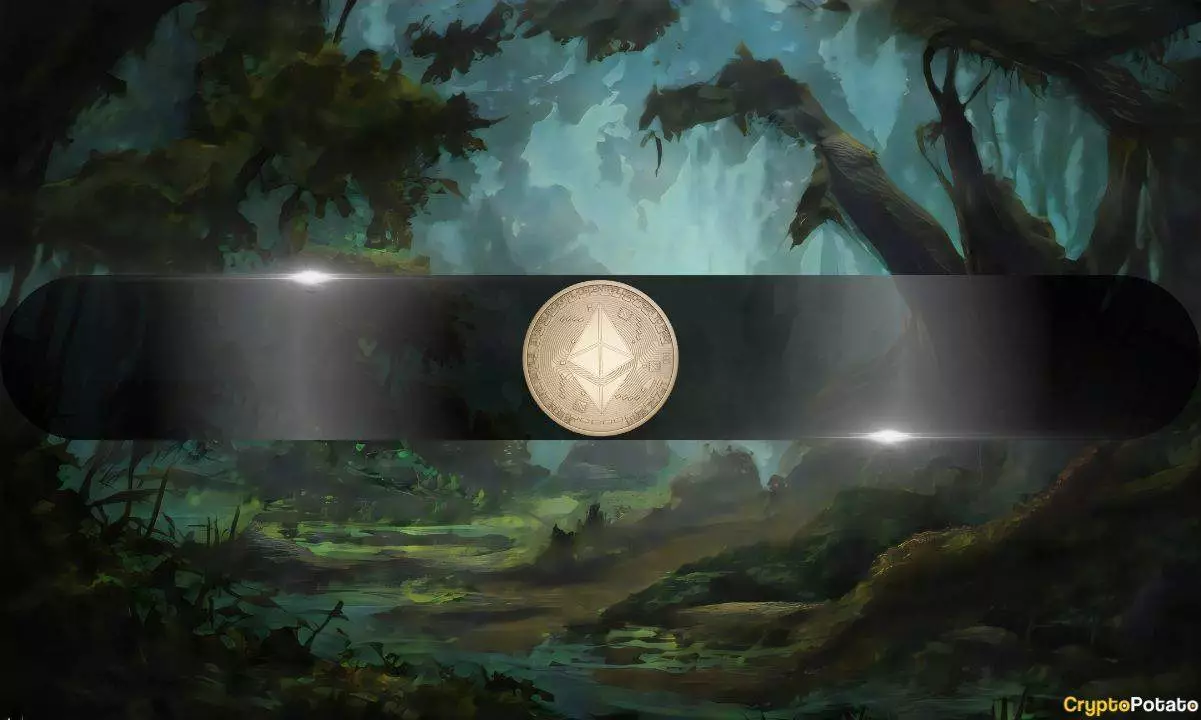Ethereum (ETH) has found itself ensnared in ongoing debates around its viability as an investment. While the digital currency once stood tall as a beacon of hope in the cryptocurrency world, its recent performance suggests a worrying decline, with dissenting voices growing louder in the community. Notably, Quinn Thompson, the founder of Lekker Capital, has gone as far as declaring ETH “completely dead” from an investment standpoint, a sentiment that has sent ripples of concern through both casual observers and seasoned investors alike.
Thompson’s assertion is backed by a significant drop in key performance indicators for ETH, including transaction activity, user growth, and revenue. With a staggering market cap still around $225 billion, it seems paradoxical that concerns about its utility as an investment are gaining traction. He succinctly states, “There is no investment case here.” While a portion of the community might argue that ETH still has a functional role in decentralized applications, the question remains: Can functionality translate into financial performance?
The Role of Layer-2 Networks and Overproduction
Adding to the discourse, Nic Carter of Coinmetrics aligns with Thompson’s assessment, pinpointing the emerging layer-2 networks as culprits in Ethereum’s decline. Carter proclaims that these additional networks siphon value and create a troubling environment where the excess tokenization within the Ethereum ecosystem is normalized. He argues that ETH has “died by its own hand,” highlighting a perceived overreach that has effectively diluted the original asset’s value. This raises important concerns—how can a digital asset claim to thrive when it is increasingly overshadowed by its offshoots?
The community’s sentiment regarding token proliferation further complicates matters. Many developers and stakeholders have enjoyed the benefits of an expanding ecosystem, but this success raises critical ethical dilemmas. Are we witnessing genuine innovation, or are we caught in a cycle of greed that mitigates the inherent value of ETH itself?
Community Fragmentation and Diverging Interests
As tensions escalate regarding ETH’s future, community fragmentation becomes more evident. The sentiments voiced by pseudonymous analysts point to a larger ideological schism, especially concerning Bitcoin maximalists who have resisted the allure of Ethereum. They argue that if Ethereum could unify its community to rally around its core utility, it could eliminate the need for external validation from institutions. This notion suggests that Ethereum is still capable of extraordinary potential—if only the community could overcome its internal divisions.
Yet, the ever-expanding array of layer-1 solutions that aim to capitalize on Ethereum’s shortcomings has left traditional ETH supporters pondering their next move. Should they align themselves against what they view as speculative artifice, or should they continue to advocate for a renaissance of ETH as a transformative platform? The stakes have never been higher; with ETH currently priced around $1,830—down nearly 50% from a year ago—the pressure to redefine its market role is immense.
In this conflicted landscape, one pressing question remains: Are we witnessing the death knell of Ethereum, or is this merely a dramatic pause in its evolutionary journey? As investors weigh their options, one thing becomes abundantly clear—this is no time for complacency.

